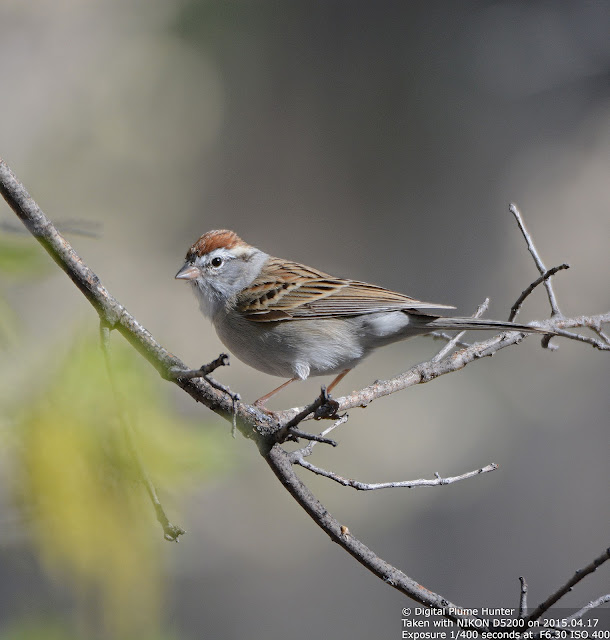[Corpus Christi, TX. Dec 2015]
It is said that "Wealth lies in the eye of the beholder" (in taking liberty with a well known adage). Indeed, one could rank our 50 states by wealth in population; or income, or by days of sunshine; or by whatever metric suits one's definition of "wealth". Surely this is a subjective exercise but in relation to our avifauna, the states endowed with the most birding riches are Texas, California and Arizona. Texas, especially, is unique in affording observation of both Western and Eastern species in an unparalleled variety of habitats ranging from tropical, woodland, montane, desert, prairie and coastal. The lonestar state is exceptionally well blessed with a plethora of specialty and highly coveted species that are best seen here than anywhere else in the US.
A family vacation in Texas provided a couple of opportunities that underscored exactly why Texas is the heavyweight in the world of birding. One remarkable hotspot explored during this trip is Polywog (also spelt Pollywog) Ponds in Corpus Christi which yielded a delightful assortment of species such as:
The incomparable Green Kingfisher:
Southern Texas is not normally in this songbird's range, so this sighting was wholly unexpected.
It is said that "Wealth lies in the eye of the beholder" (in taking liberty with a well known adage). Indeed, one could rank our 50 states by wealth in population; or income, or by days of sunshine; or by whatever metric suits one's definition of "wealth". Surely this is a subjective exercise but in relation to our avifauna, the states endowed with the most birding riches are Texas, California and Arizona. Texas, especially, is unique in affording observation of both Western and Eastern species in an unparalleled variety of habitats ranging from tropical, woodland, montane, desert, prairie and coastal. The lonestar state is exceptionally well blessed with a plethora of specialty and highly coveted species that are best seen here than anywhere else in the US.
A family vacation in Texas provided a couple of opportunities that underscored exactly why Texas is the heavyweight in the world of birding. One remarkable hotspot explored during this trip is Polywog (also spelt Pollywog) Ponds in Corpus Christi which yielded a delightful assortment of species such as:
The incomparable Green Kingfisher:
It is a lamentable fact that most birders in this country are acquainted solely with a single Kingfisher species -- the Belted Kingfisher. The Green Kingfisher is everything that the Belted is not -- it is tiny (about the size of a sparrow); the male has a prominent rufous chest band (in the Belted, it is the female that sports this feature); and its plumage is wholly devoid of blue.
Of course, there are similarities too between the Green Kingfisher and the Belted -- both are highly skittish; their vocalizations consist of rattling calls and clicks and their feeding and breeding habits are almost identical.
The trademark looks of the kingfisher -- manifesting a heron's bill on a songbird's body atop the tiny legs of a swallow -- are consistent throughout the members of this global family. And, if the Green Kingfisher is on your lifelist, there's a very good chance that the observation was made in Texas (where their range is much larger than in SE AZ).
At the entrance to Polywog Ponds, a medium-sized yellowish bird with two prominent wingbars was observed -- a Western Tanager:
Southern Texas is not normally in this songbird's range, so this sighting was wholly unexpected.
Western Tanagers are found from British Columbia to New Mexico and are considered to be the Western equivalent of the Scarlet Tanager.
Other species observed were -- Couch's Kingbird:
This kingbird is another Texan specialty and its closest relative is Tropical Kingbird. They are visually indistinguishable save for the thicker bill of the Tropical. However, their vocalizations are distinct and, where their ranges overlap, they do not interbreed.
White-winged Dove:
White-winged Dove:
and a glorious Roseate Spoonbill flyby:
In the end, it is not our possessions that will define us. The experiences we receive and those we bequeath to others will be the true testament to wealth in our lifetime. And, in Texas, a wealth of exceptional birding experiences await the intrepid birder.
==========================
Photo of entrance:
==========================
Photo of entrance:
Link to geotagged photo for map location.



































































